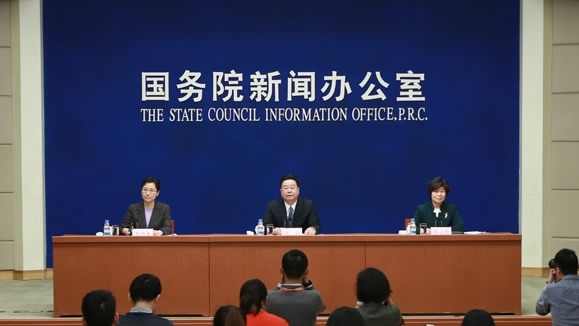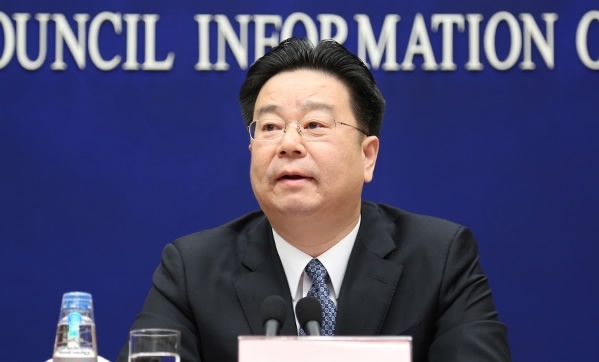
China
22:48, 26-Feb-2018
China sees stable growth in employment, progress in social security system
Li Jianhua, An Kun

China’s employment saw stable growth in 2017, said the Ministry of Human Resources and Social Security in a press conference on Monday.
Statistics show 13.51 million people were employed in urban areas across the country, and the registered urban unemployment rate stayed below four percent for four consecutive quarters. The rate was 3.9 percent at the end of 2017, the lowest since 2002.
Though progress has been made in China's employment and social security system in recent years, there is still more to do, added the Ministry of Human Resources and Social Security on Monday.
One of the concerns is the management of the social and medical insurance funds in China. Official figures show that the total revenue of the five social insurance funds has reached over 6.5 trillion yuan, about one trillion US dollars.

You Jun, vice minister of Human Resources and Social Security. /Photo from the State Council Information Office of the People's Republic of China
You Jun, vice minister of Human Resources and Social Security. /Photo from the State Council Information Office of the People's Republic of China
Explaining how China's social insurance mechanism works, You Jun, vice minister of Human Resources and Social Security, gave a common scenario: "For instance, the basic pension insurance is controlled by provincial governments, and the medical insurance is under the supervision of municipal governments. Problems such as uneven distribution of resources remain to be solved. So in some areas, we do see some deficits."
One of the ministry's accomplishments is the progress in integrating basic medical insurance schemes for urban and rural residents. Nearly 9,000 medical institutions have been registered on a sharing platform to facilitate hospitalization in other places.
"The project of realizing hospitalization in other places was put in place by the end of 2016, which ran well last year. But the stability, management and efficiency of the system is still needed to be improved, as the system is still young at the moment," said You.
As to whether China would lose its demographic dividend in the long run, officials say China's workforce will remain strong before 2035.
"The working-age population, namely those between 16 and 59, stood above 900 million in 2017. It's estimated to be above 800 million for a while – before 2035, the number will be between 800 and 900 million," said Zhang Yizhen, another vice minister of Human Resources and Social Security.
4km

SITEMAP
Copyright © 2018 CGTN. Beijing ICP prepared NO.16065310-3
Copyright © 2018 CGTN. Beijing ICP prepared NO.16065310-3